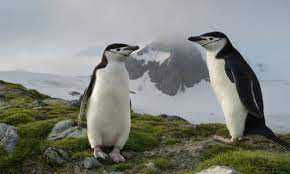Adelie penguin population sees rapid decline, by 43 per cent : Scientists

Canberra, Oct 12 : Australia’s top Antarctic scientists have reported a rapid decline in a population of Adelie penguins.
According to research published by the Australian Antarctic Division (AAD) on Tuesday, a large Adelie population off the East Antarctic coast has declined by 43 per cent over the last decade.
Ecologists from the AAD, led by Louise Emmerson and Colin Southwell, surveyed 52 islands along the 100-km coastline.
They found the number of occupied nests fell from 176,622 to 99,946 in that period.
Their findings are contrary to other Adelie penguin populations in east Antarctica where numbers have been stable.
The most widespread penguin species, the Adelie is found along the entire Antarctic coast. Models had predicted the particular population observed by the AAD would continue to grow.
Researchers concluded a change in environmental conditions was the cause of the decline.
“We think this population decline was initially triggered by five years of extensive summer sea ice adjacent to the colony in the mid-2000s, which hampered access to the adults’ foraging areas and saw virtually no chicks survive,” Emmerson said in a media release.
“The frequency of these unfavorable breeding conditions subsequently remained high, and fledgling survival also began to decrease. These two processes together resulted in a more rapid population decline than would be expected if they had been acting in isolation.”
She warned that the smaller the population becomes the harder it will be for individuals to survive.
“It may be that the old adage of safety in numbers is playing out for the fledglings in the vast and harsh Southern Ocean, although exactly why and how needs further investigation,” Emmerson said.






